NGO Photographer – Finding A New Way to Help the World’s Poor
As a dedicated photographer specializing in documentary photography for NGOs, my journey often leads me to the most unexpected corners of the world, each holding its own unique tale waiting to be told. The story unfolding in the Aghanashini River estuary is one such discovery, a testament to the resilience and struggles of communities often overlooked by mainstream narratives.
Documentary Photography for NGOs – The Story of Aghanashini
In the heart of the Aghanashini River estuary in India, where residents struggle for basic rights amidst corrupt governance and ambiguous laws, a new approach to empowerment is taking root. Faced with challenges from well-connected corporates that easily secure permits for development while villagers languish in bureaucratic limbo, locals are finding hope through legal empowerment.
Led by grassroots paralegals trained by organizations like Namati, communities are learning to navigate complex legal systems to secure property rights and access resources. Through this approach, individuals like Maruti Ashok Gouda, who once collected clams for a living, are organizing unions, securing compensation, and challenging unlawful developments.
Through my work in documentary photography for NGOs, I have witnessed how visual storytelling can amplify these struggles, bringing global attention to issues of justice and rights. Despite criticism and challenges, this model of legal empowerment offers a promising path toward justice, bridging the gap between protest and litigation in the pursuit of social change.
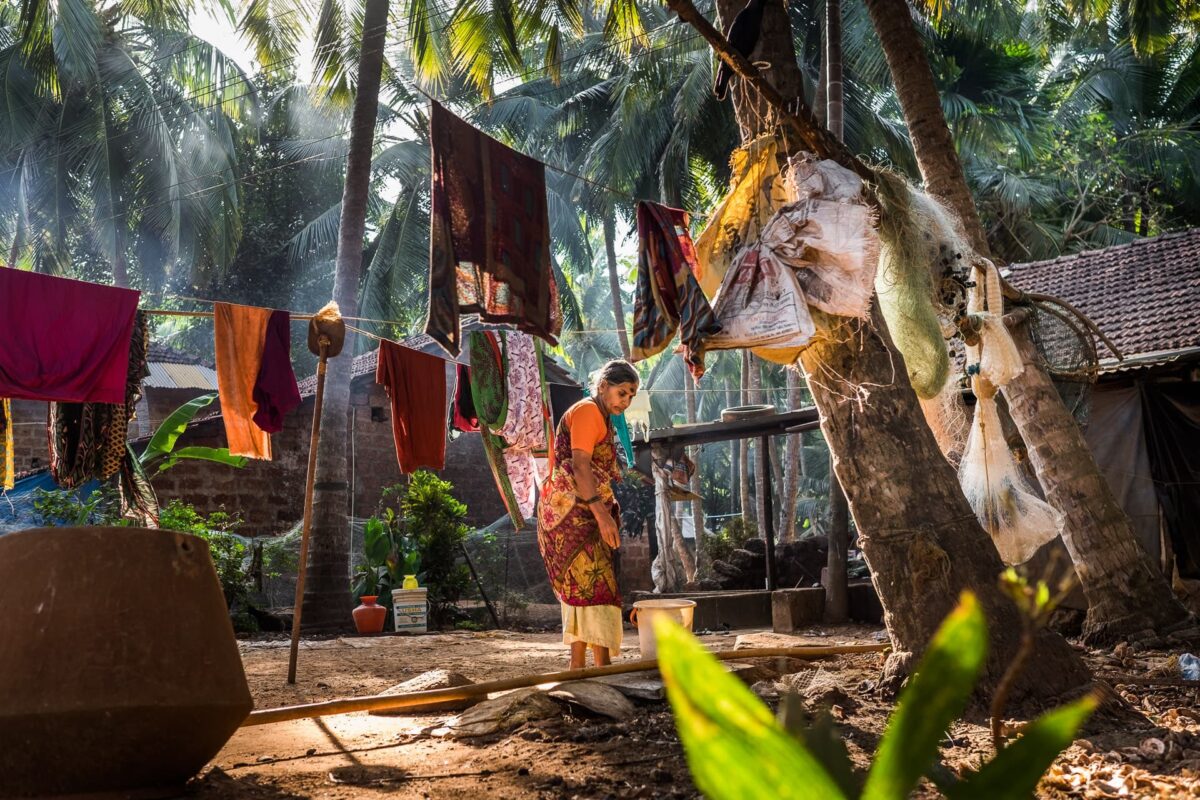
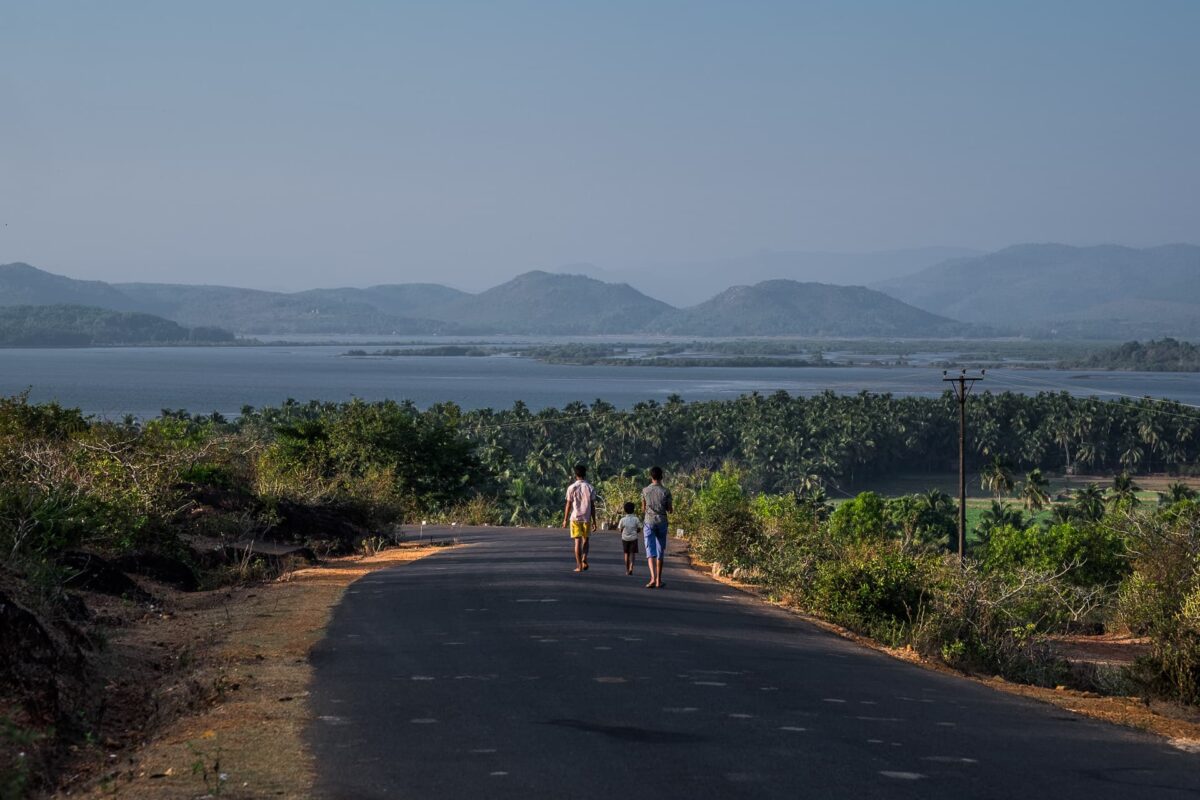
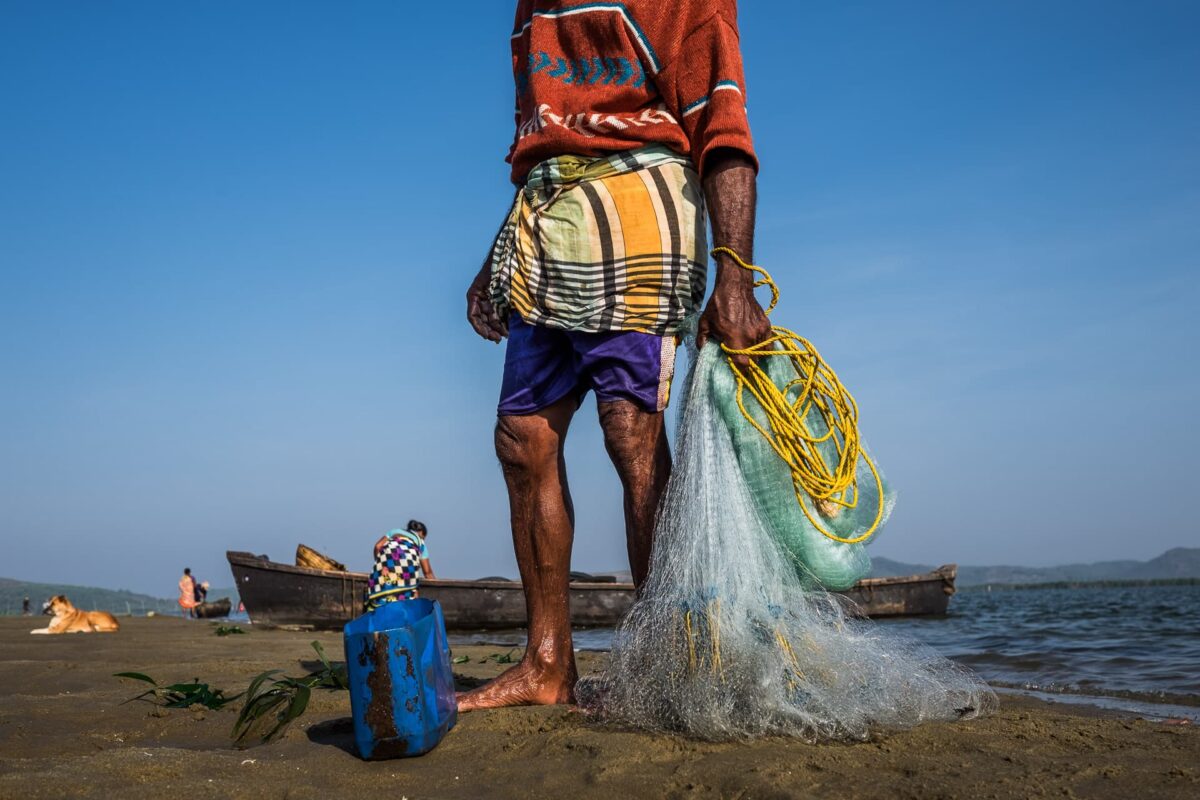
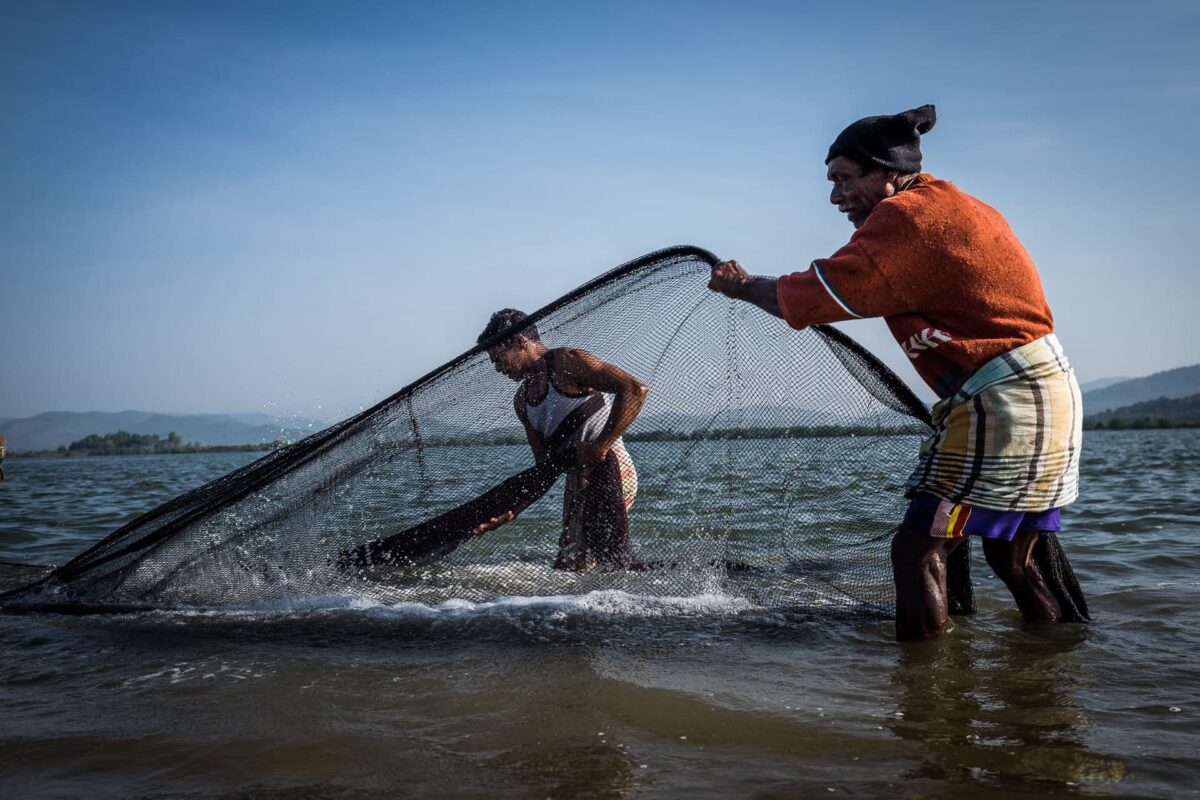
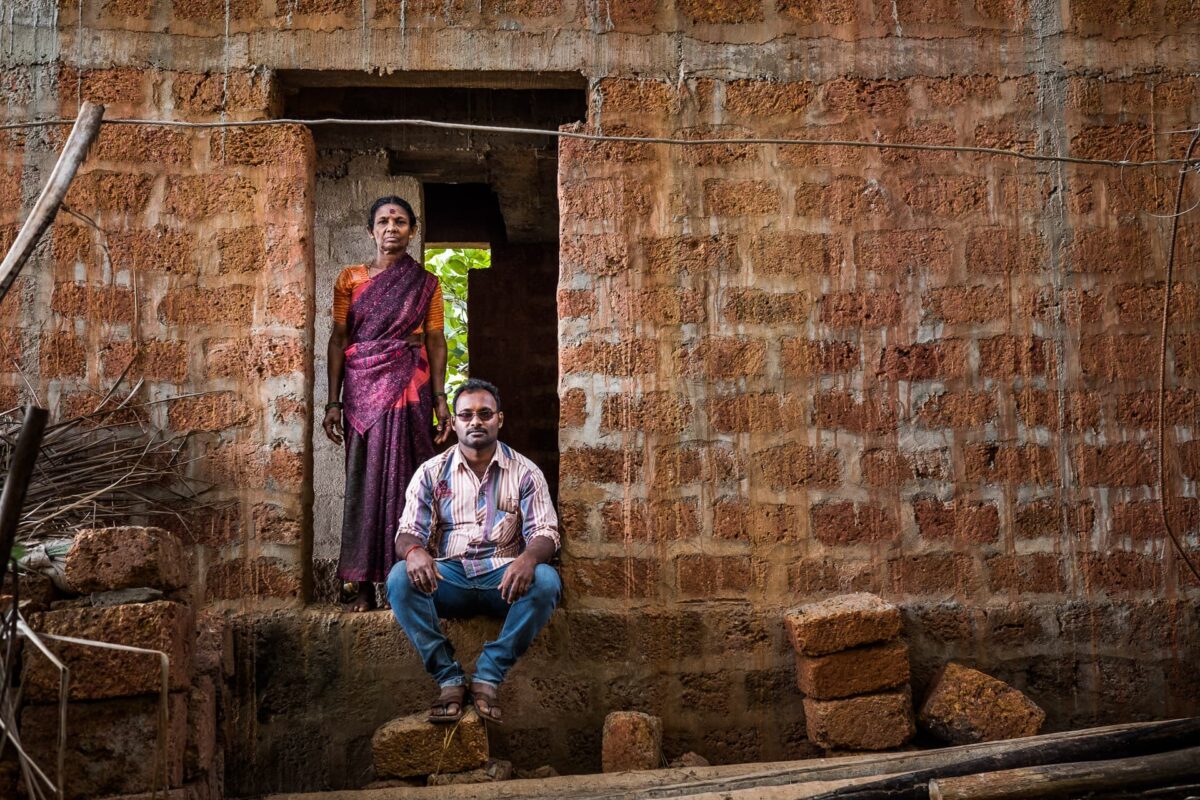
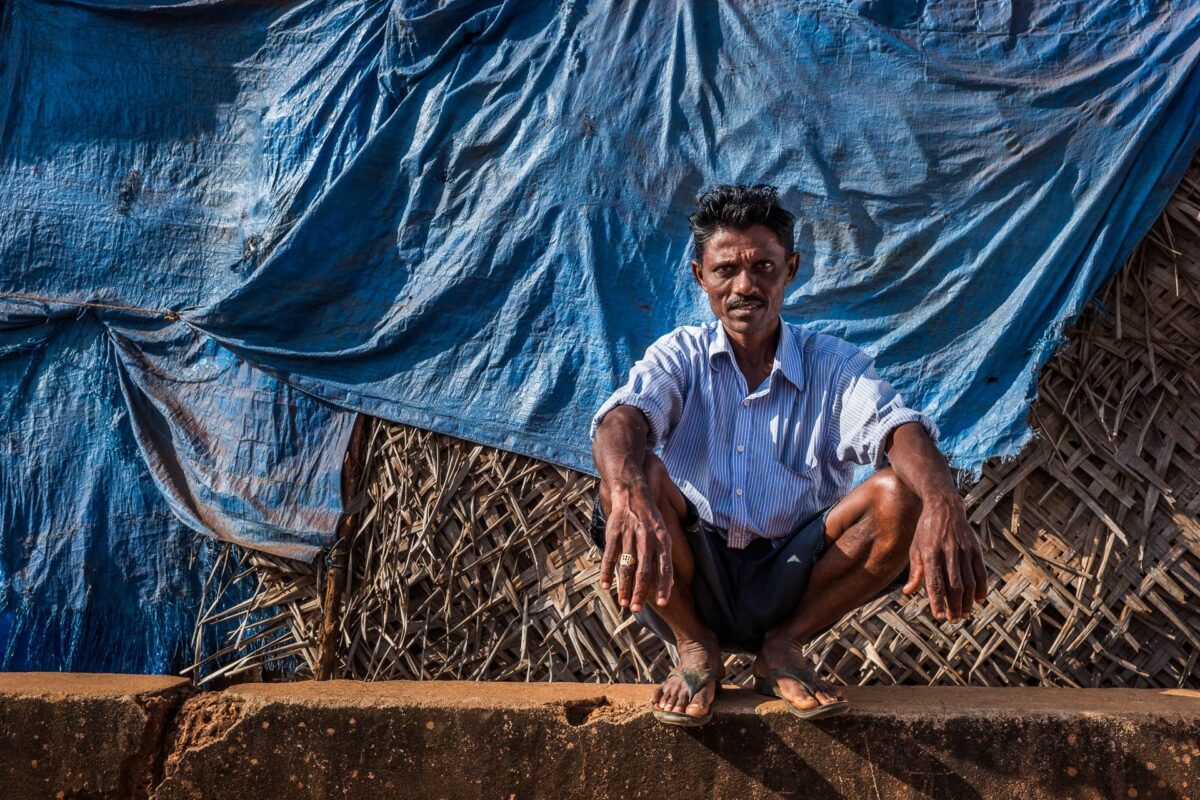
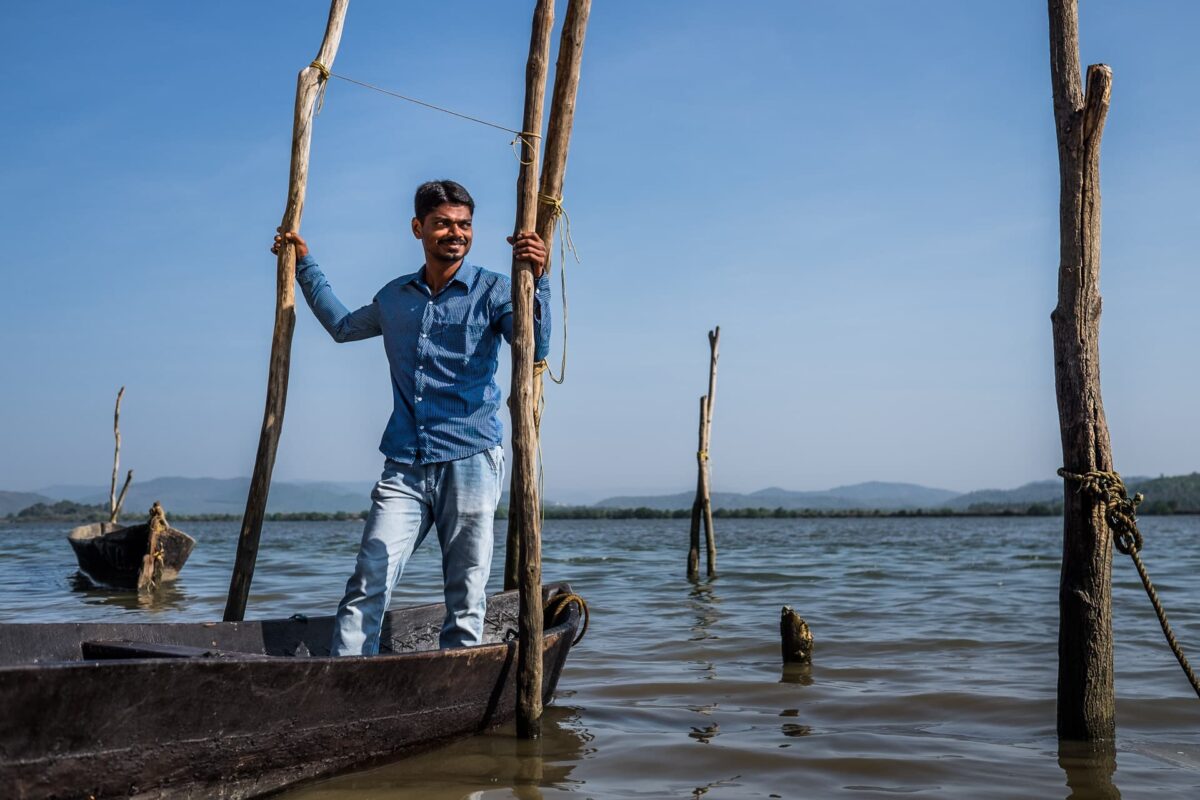
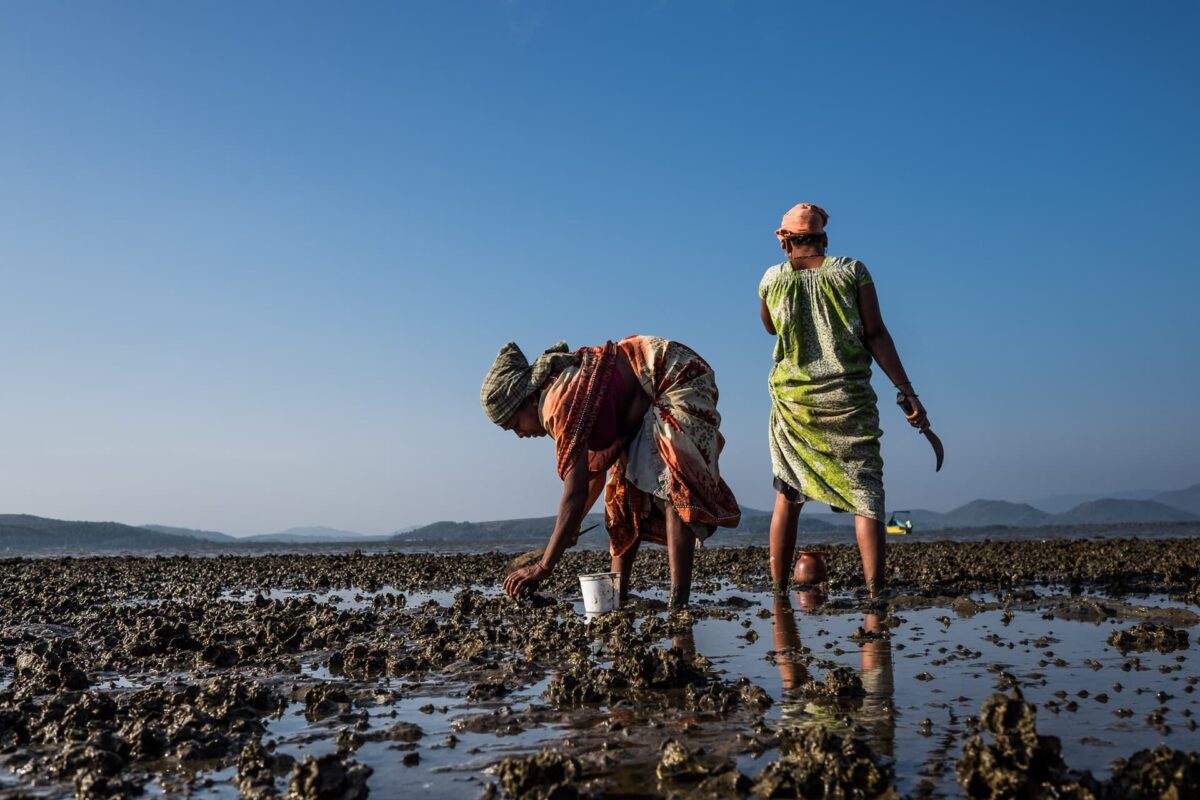
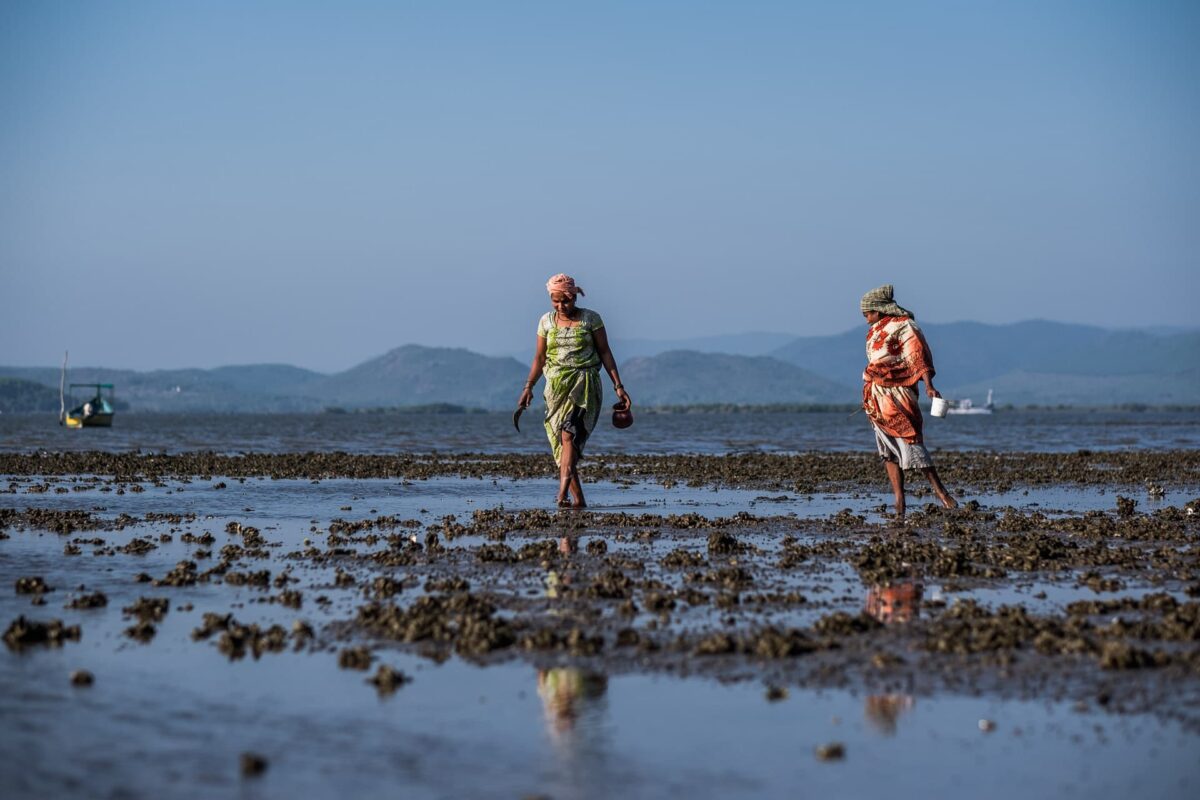
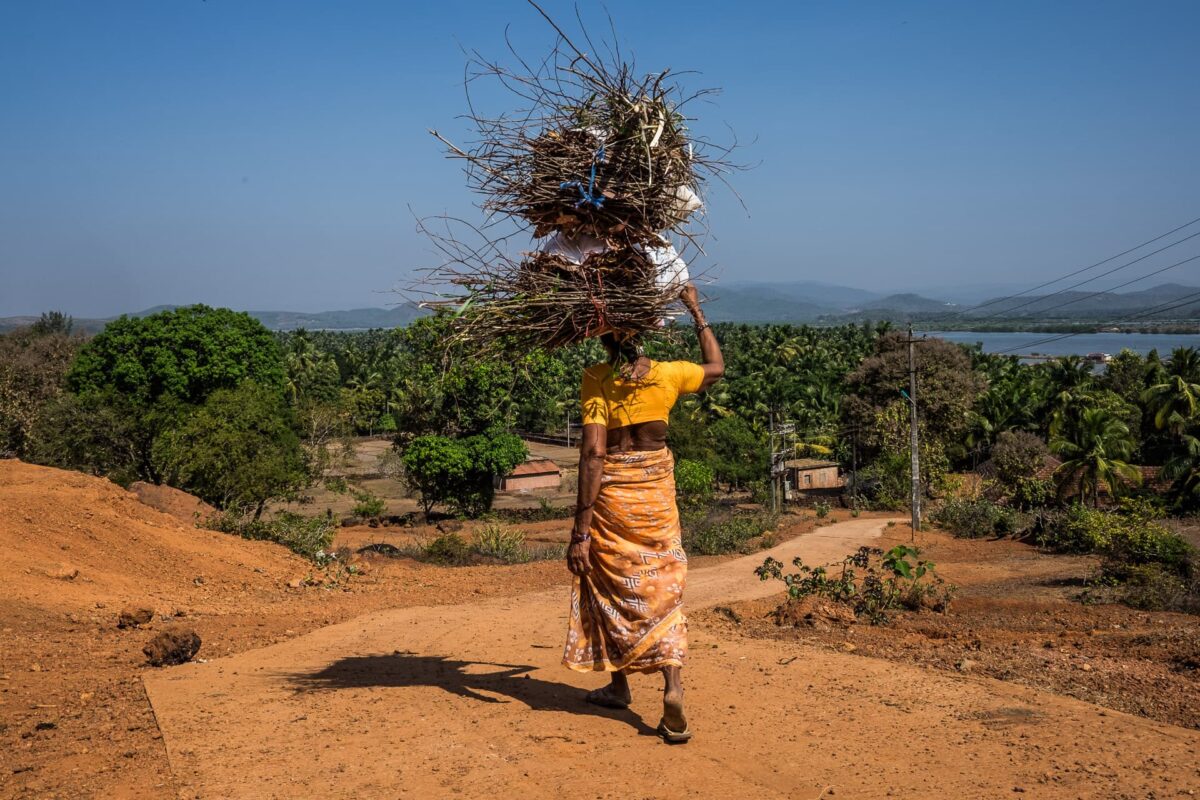
Pocumentary Photography for Ngos – Visual Storytelling
With a career spanning more than three decades, I am an experienced documentary photographer based in India since 2002. After moving to India I began taking up assignments providing documentary photography for NGOs and various respected international publications. My ability to connect with local communities while covering sensitive issues enabled me to create a unique photographic identity that combines my commercial discipline with my photojournalistic experience and integrity.
I’ve had the privilege of documenting the polio eradication program in India for the WHO and UNICEF since 2004. This work was published in the 2012 book ‘Triumph Over Polio‘ marking India as a polio-free country.
From the banks for the Kosi river in Bihar, to the deserts of Rajasthan, and from the villages of Odisha to the alleys of Kolkata, I have travelled the length and breath on India covering sensitive issues ranging from polio, to sex education, disability, resettlement & rehabilitation, HIV, malaria, and more.
